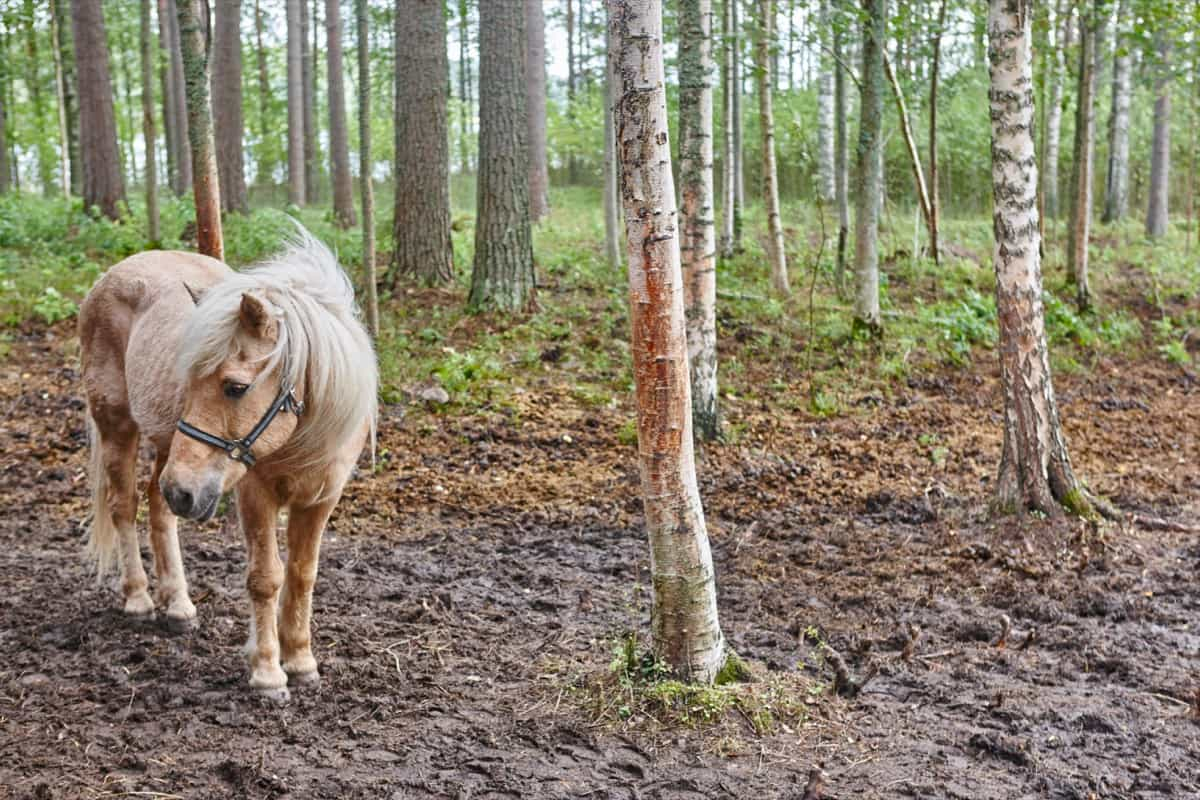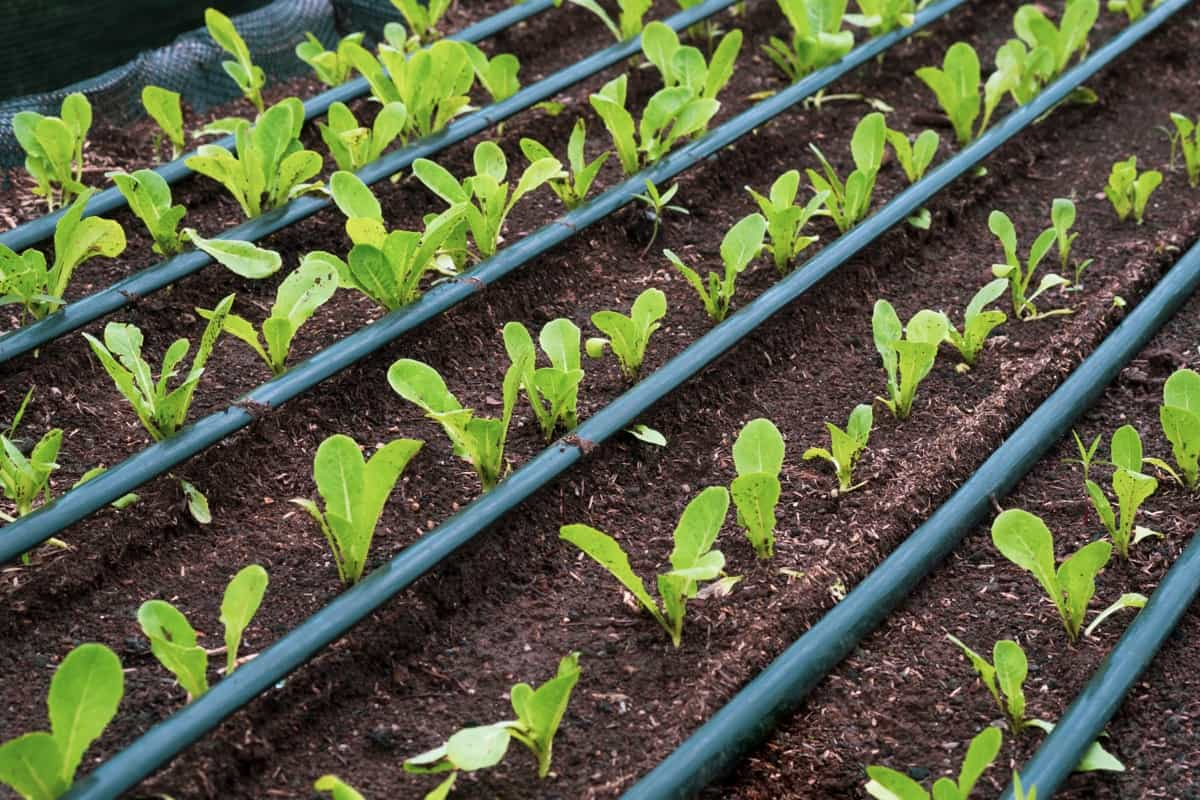Soil erosion is a significant issue that adversely affects water resources and the environment. The loss of the soil’s top layer due to erosion can cause reduced agricultural productivity and water pollution. To combat this problem, various strategies have been developed to conserve soil and water. Here, we will explore the nine best soil and water conservation strategies that can be implemented to mitigate soil erosion and protect water resources.
9 Best Soil and Water Conservation Strategies
Understanding Soil Erosion and Its Impact on Water Resources
Soil erosion is a significant environmental issue that can harm water resources. It occurs when the soil’s top layer is washed away by water or blown away by wind, leading to the loss of fertile soil and nutrients. This soil loss can profoundly impact the quality and availability of water resources.

To address soil erosion and its impact on water resources, it is essential to understand the causes and contributing factors. Some main causes of soil erosion include improper land management practices, deforestation, overgrazing, and improper irrigation techniques. These activities disturb the soil structure and expose it to erosion agents, such as rainfall and wind.
Implementing Terracing Techniques for Effective Soil and Water Conservation
Terracing is a proven technique that effectively prevents soil erosion and conserves water. It involves creating a series of flat or gently sloping platforms on hilly or steep land. By constructing terraces, water flow is slowed down, allowing it to infiltrate the soil rather than running off, reducing erosion.
Terracing also helps to retain moisture in the soil, preventing water loss through runoff. This is mainly beneficial in areas with limited water resources or with prevalent drought conditions. Additionally, terracing can enhance soil fertility by preventing the loss of topsoil and nutrients, thus promoting sustainable agriculture.
Promoting Agroforestry Practices to Enhance Soil and Water Conservation
Agroforestry is an innovative and sustainable approach to soil and water conservation. It involves the integration of trees, crops, and livestock on the same piece of land. This practice offers multiple benefits, including erosion control, water retention, and soil improvement. The roots of trees and other vegetation in agroforestry systems bind the soil, preventing erosion and stabilizing slopes. They also enhance water infiltration, reducing runoff and increasing groundwater recharge.
In case you missed it: Hearts in Nature: Discovering the Top 10 Trees with Heart-Shaped Leaves

Moreover, trees’ leaves and organic matter provide a natural mulch that enriches the soil, promoting healthier plant growth and improving water-holding capacity. Agroforestry systems can contribute to biodiversity conservation and carbon sequestration, making them a holistic solution for sustainable land management. By promoting the integration of trees into agricultural landscapes, we can enhance soil and water conservation while supporting livelihoods and mitigating climate change.
Promoting Sustainable Land Management Practices for Soil and Water Conservation
Sustainable land management practices are essential for conserving soil and water resources. These practices focus on preserving soil health, preventing erosion, and improving water infiltration. Conservation techniques such as no-till or reduced tillage help retain crop residues on the soil surface, reducing erosion and enhancing soil organic matter content.
Implementing contour farming, terracing, and buffer strips can also effectively control soil erosion by intercepting runoff and slowing down its flow. Additionally, using cover crops and practicing crop rotation can improve soil structure, increase water-holding capacity, and reduce the usage of fertilizers and pesticides, which are synthetic.
Applying Cover Crops to Reduce Soil Erosion and Improve Water Quality
Cover crops are an effective soil and water conservation strategy that can significantly reduce erosion and improve water quality. Farmers can protect their soil from the erosive forces of wind and water by planting cover crops, such as legumes or grasses. The dense root systems of cover crops help hold the soil in place, preventing it from being washed away by heavy rainfall or blown away by strong winds.
In case you missed it: Discover the Beauty of Nature with These Top 20 Purple Flower Types

Furthermore, cover crops also play a crucial role in improving water quality. They can absorb excess nutrients, such as nitrogen and phosphorus, which would otherwise leach into nearby water bodies and contribute to water pollution. Cover crops help maintain a healthy balance in the ecosystem and protect water resources by capturing and retaining these nutrients.
Adopting Conservation Tillage Methods for Sustainable Soil and Water Management
Conservation tillage methods are another effective strategy for sustainable soil and water management. Unlike conventional tillage, which involves intensive soil disturbance, conservation tillage aims to minimize soil disruption and maximize soil cover. This approach helps reduce soil erosion by leaving crop residues on the soil’s top layer, protecting against erosion agents.
Conservation tillage methods, such as no-till or reduced-till, also promote the build-up of organic matter in the soil. This organic matter enhances soil fertility and water-holding capacity, improving crop productivity and reducing water requirements. Moreover, the reduced soil disturbance associated with conservation tillage helps preserve soil structure and biodiversity, further contributing to long-term soil health and water conservation.
Utilizing Contour Farming to Minimize Soil Erosion and Preserve Water Resources
Contour farming is a proven technique for minimizing soil erosion and preserving water resources. It involves planting crops along the contour lines of the land, creating a series of gentle slopes that intercept and slow down the flow of water. By following the land’s natural contours, contour farming helps prevent water from accumulating and causing excessive erosion.
The key advantage of contour farming is that it effectively captures and retains water within the field, allowing it to infiltrate the soil and recharge groundwater reserves. This reduces the need for irrigation and helps replenish local water sources. Additionally, contour farming helps conserve soil moisture by reducing evaporation and runoff, ensuring that plants have a sufficient water supply for optimal growth.
Implementing Rainwater Harvesting Systems for Efficient Water Conservation
Rainwater harvesting is a sustainable and effective method for conserving water. Collecting and storing rainwater helps reduce the demand for freshwater sources and ensures a reliable water supply, especially during dry periods. Various rainwater harvesting systems, such as rooftop collection systems, surface runoff collection systems, and underground storage tanks, can be implemented. These systems can be integrated into residential and commercial buildings and agricultural landscapes, providing a valuable water source for various purposes, including irrigation, landscaping, and domestic use.
Managing Irrigation Practices to Optimize Water Use and Prevent Soil Degradation
Efficient irrigation practices play a crucial role in conserving both water and soil. By implementing smart irrigation techniques, such as drip irrigation and precision sprinkler systems, water can be applied to plants’ root zone, reducing water loss because of evaporation and runoff.
In case you missed it: A Comparative Cost Analysis of Drip Irrigation Per Acre

Additionally, monitoring soil moisture levels and utilizing weather-based irrigation controllers can help optimize water use by delivering the right amount of water at the right time. This reduces water wastage and prevents soil degradation caused by over-irrigation, such as erosion and nutrient leaching.
Conclusion
Implementing these nine best soil and water conservation strategies can help protect our precious natural resources, ensure sustainable agriculture, and safeguard water quality for present and future generations. By understanding the impact of soil erosion, adopting effective techniques, and promoting conservation practices, we can create a more resilient and sustainable environment.
- Ultimate Guide to Ossabaw Island Hog: Breeding, Raising, Diet, and Care
- Ultimate Guide to Juliana Pig: Raising Facts, Size, Diet, Care, and Lifespan
- Raising Lleyn Sheep: Disadvantages, Price, Uses, Characteristics, and Care
- Ultimate Guide to Meishan Pig: Breed Facts, Breeding, Raising, and Care
- Ultimate Guide to Teacup Pigs: Raising, Diet, Lifespan, Cost, and Care
- Guide to Raising Poll Dorset Sheep: Facts, Profile, Characteristics, Uses, and Care
- Ultimate Guide to Bighorn Sheep: Characteristics, Diet, Lifespan, Breeding, and Lifecycle
- Ultimate Guide to Raising Katahdin Sheep: Farming Facts, Breed Profile, Uses, and Care
- Ultimate Guide to Raising Oreo Cows: Belted Galloways Farming Facts, Profile, Uses, and Care